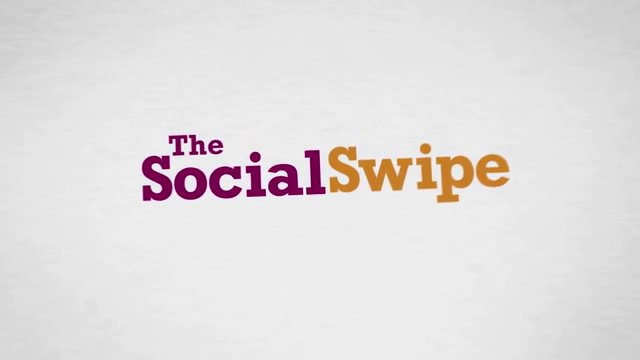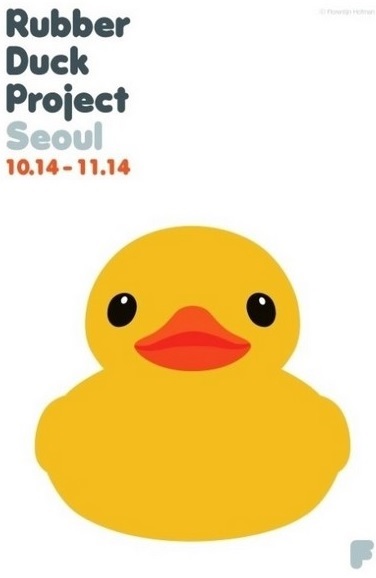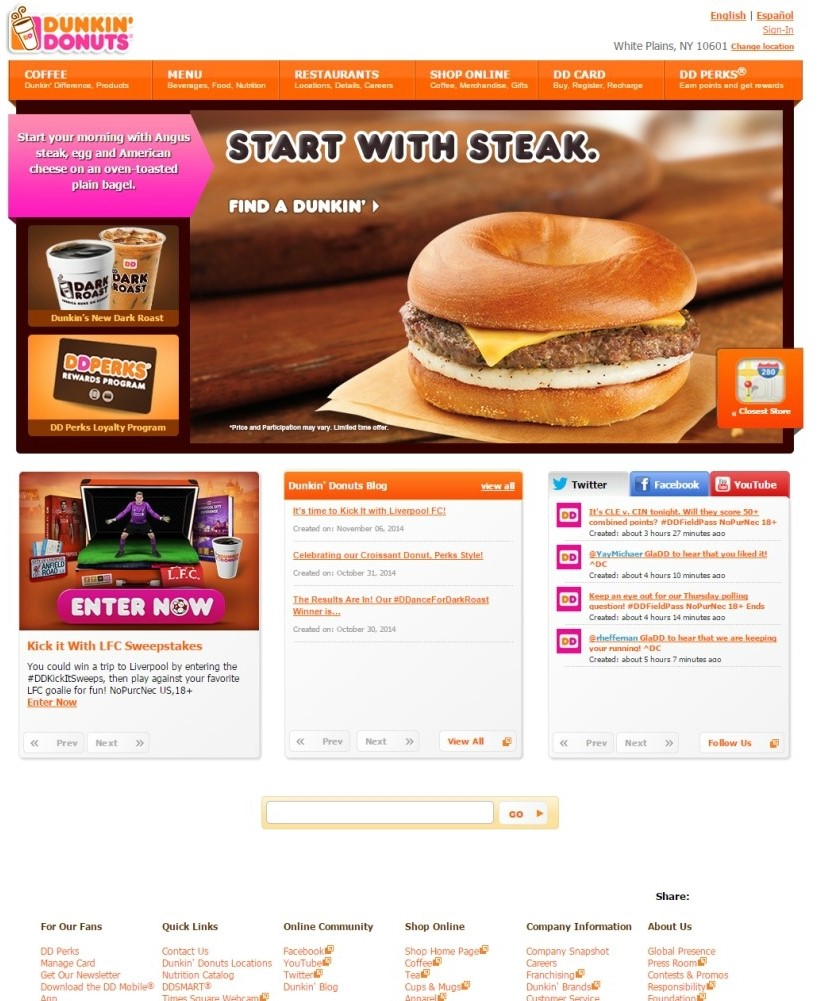We all know that there are people who desperately need our support to survive and yet not as much contribution is made. Sometimes, we don’t realize how much people suffer from poverty and pain and that even donation of a dollar can support them in good way. What is even more problematic is that we don’t encounter donation opportunities in daily life.
Misereor, a German based organization, has been committed to fighting poverty and injustice in developing countries since 1958. Along with its effort on raising awareness of people who need help, Misereor launched an interesting digital marketing campaign, “the social swipe”. It developed a digital poster that when a credit card is swiped, small amount of donation is made to support for various causes.
As it was mentioned in the video, synchronizing the digital poster with complex card verification system was challenging but such investment and development worth far more than its actual value. Another great feature from this campaign is that Misereor actually follow up with the donors when they receive the credit card statement by asking them to become a monthly donor from single donation.
I would definitely try it out because the content is so creative and I would actually be able to feel happiness by getting involved in donation. What about you?
















